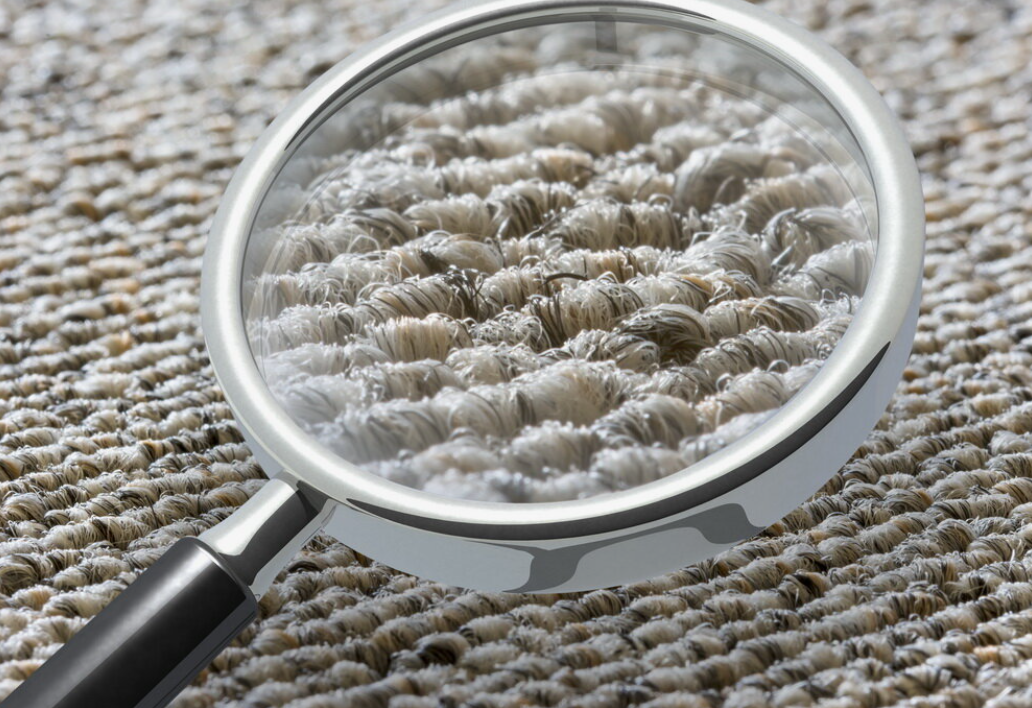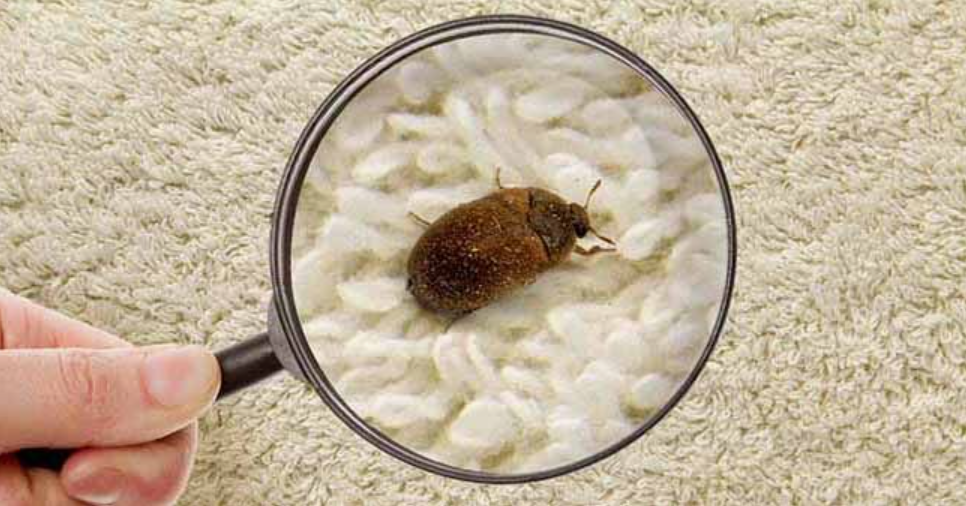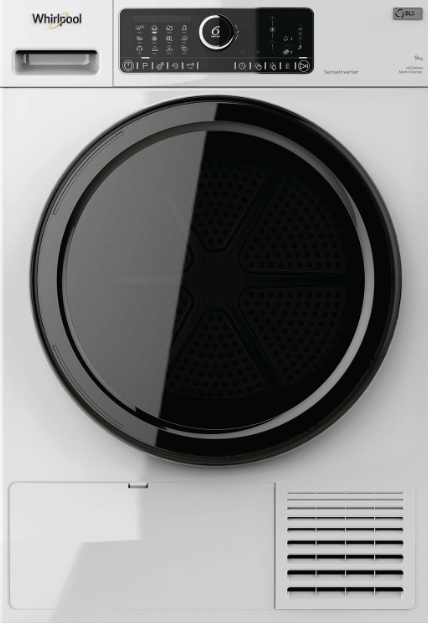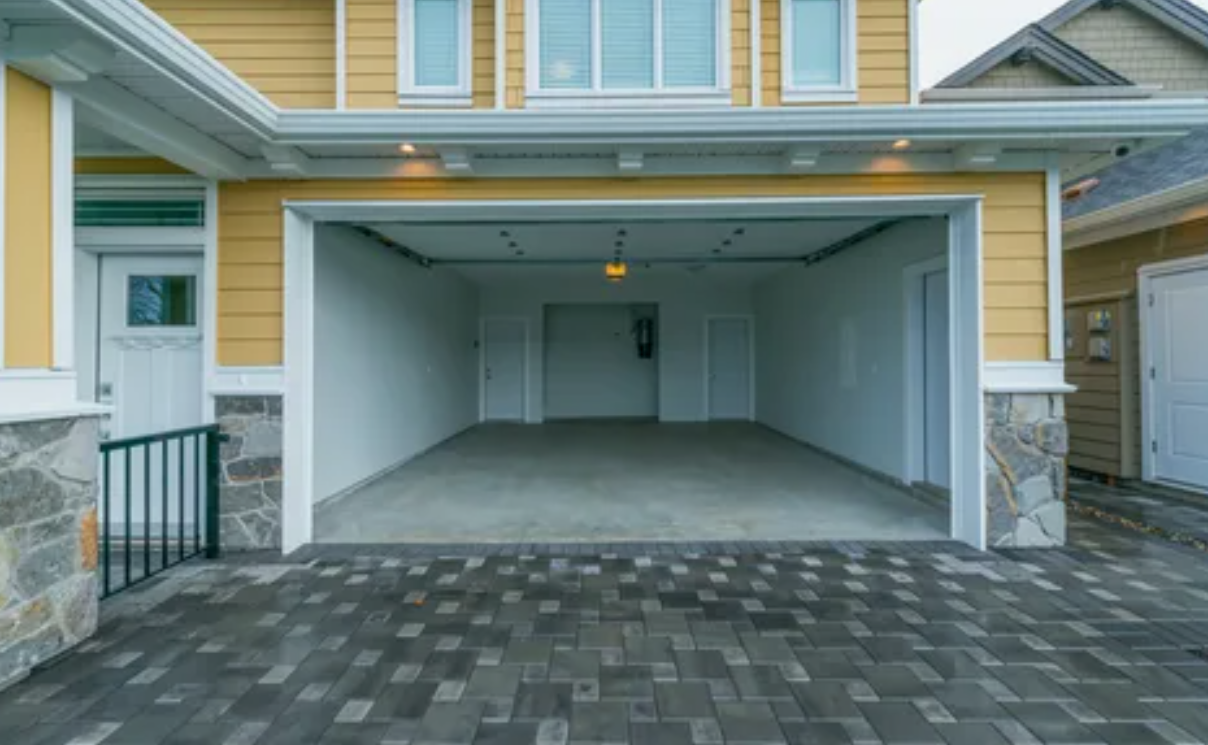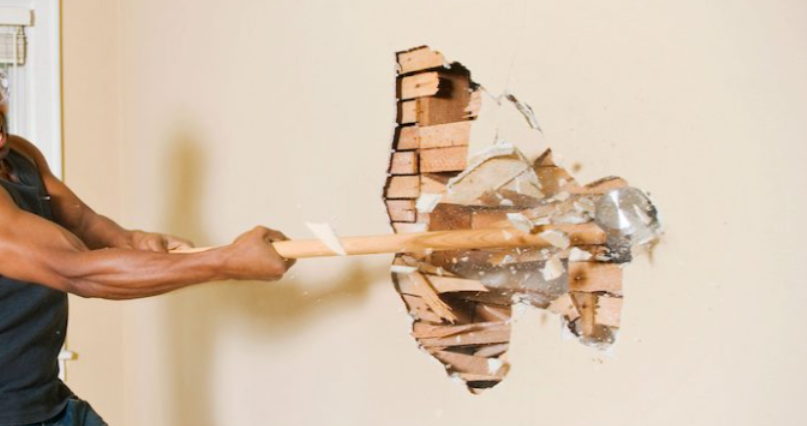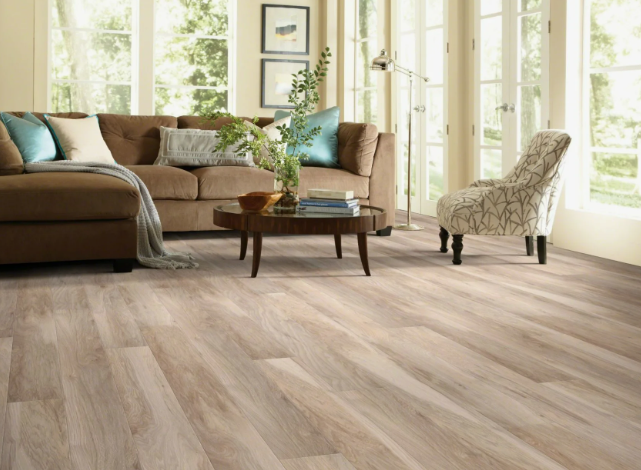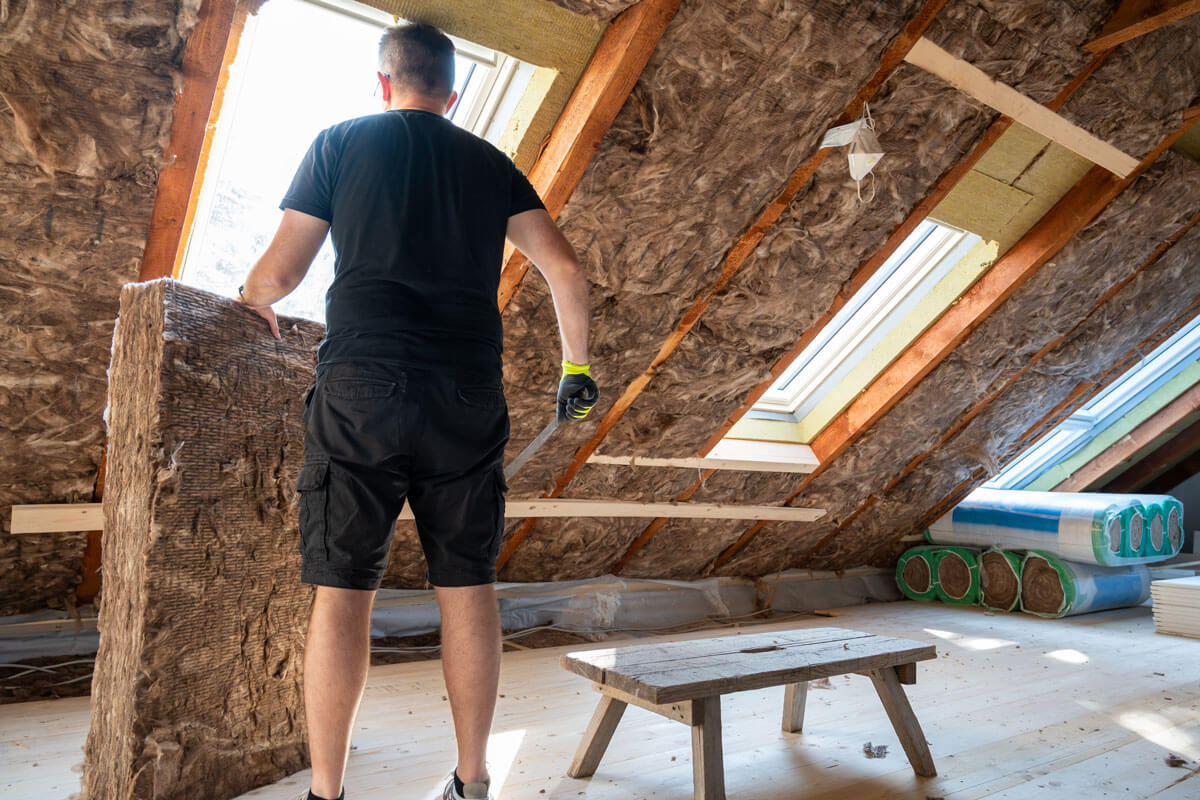
When you spend a lot of money on an item, you expect it to last for a long time and give back the value that matches what you spent. Like when someone installs a metal roof, they anticipate it could remain intact for as many as 50 years which would mean good returns on the investment. Likewise, when you put money into loft insulation or consider doing so, your hope is for it to endure for a very long time since it comes with many important benefits. However, if you are wondering about the fact that "How long does loft insulation last?" keep reading this article to explore how long you should expect your loft insulation to last.
The Rough Estimate of Loft Insulation Lifespan
The possible life of insulation can be very long, and it is definitely longer than the lifespan of your metal roof. Generally, loft-insulating homes have a lifespan of 80 to 100 years, which is noteworthy. That is positive information; however, the story does not finish there. Insulation has the potential to endure for such a duration, but it usually does not. The estimate of 'up to 100 years' is mostly for insulation in the best condition. However, most insulation isn't placed in ideal conditions. If the surroundings were ideal, there would be no need for insulation at all. Insulation faces many challenges, particularly when it is put into an attic area. Different insulation materials might last about the same time initially, yet certain types are more likely to encounter problems. If insulation draws in pests, it's more probable that these creatures will cause harm to it. Similarly, if insulation holds onto water, there is a higher risk of damage should there be any leakage from the roof.
What Can Make Insulation Ineffective?
Many times, issues that are part of a loft by nature make the insulation wear out quicker than expected. However, this is not the only reason for damage to the insulation. There can be different problems responsible for this as well.
Physical damage to the Loft
Leaks or water infiltration in the loft
Poor installation of the product
Old insulation installed to a lower thickness
Pests and rodents moving around the loft
Dirt and air pollutants
Mould and decay caused by too much water
Different insulation products do not share the same level of quality, just as some plastic decomposes in 450 years while others could take up to 1000 years. Similarly, insulation materials are made according to different standards. The materials used for insulating can start off lasting the same amount of time, but certain types might face problems more often. If insulation draws in pests, it is likely to suffer harm from these creatures, and if it holds onto water, then there is a strong possibility of having leakages in the roof.
How to Make Your Loft Insulation Last
Besides protecting it from factors that can damage the insulation of your loft, there are several additional methods to ensure it lasts as long as possible.
Selecting a Material
If you think about the life duration of the usual insulation materials, they are often alike. It is wise to choose an insulation type that lasts a long time and can stand up against typical causes that make insulation not work well. Spray foam is one of the newest kinds of insulating stuff available today, and it has many important features for resistance. This new material comes in various cell forms, and it is good against usual water troubles. It also lets air through, keeps its toughness, and does not let mould or pests damage it easily. Spray foam does not hold onto water, and because of this plus the fact that mould cannot grow on it, spray foam has a long lifespan. Spray foam has good performance for keeping heat; it makes your home warmer with less energy, so you spend less money on heating costs.
Professional Installers
Look for a reliable professional to install the loft insulation in your home. Working with a trusted contractor will have a big impact on its durability over time. Selecting suitable installers is very important; they can assist you in this matter. On the flip side, if you are thinking about installing the loft on your own, you must consult a comprehensive manual to ensure a correct installation. These DIY methods can also help you, but choosing a professional is the best choice.
Make Sure There is No Moisture
Always make sure to inspect the place and see if there is moisture. If your attic has a lot of dampness, you must be cautious with the installation of the insulation. One should think about whether the space is good for insulation, and with a professional's advice that it’s okay, pick an insulation type that doesn't get damaged by water or moisture, such as foam.
Routine Inspections
Perform a routine inspection of the insulation in your loft. If the loft is a place you don't often use or enter, installing insulation can be something that is done once and then forgotten. The problem is you may not remember your insulation, and it might have mould, get eaten by mice, or just not work so well anymore. You should look at your insulation every year or ask a professional to do a thorough check to make sure it's still in good shape and doing its job right
Avoid The Gaps
During the insulation of the roofs, it is very common to leave spaces between the insulation pieces without giving it much thought. The larger the spaces in your insulation, the more chances there are of the insulation losing its effectiveness; if your roof leaks, it will ruin all the insulation due to the water damage. So make sure to avoid any gaps while installing the insulation on your roof.

About Author : Eagan Taylor
Hey! I'm Eagan Taylor, I'm a versatile writer with a passion for crafting engaging and thought-provoking content. With a broad range of interests and expertise in various subjects, I can write on multiple topics about local businesses.
